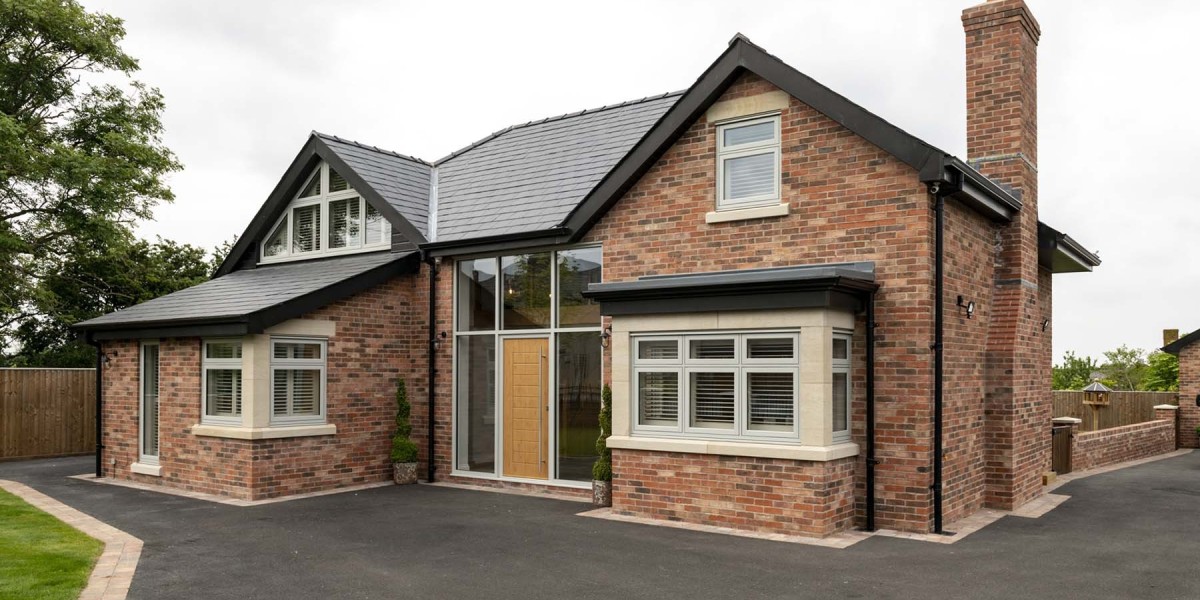In the dynamic world of architecture, precision plays a key role. Especially in a growing city like San Diego, where both historical renovations and modern developments coexist, the demand for exact building measurements is higher than ever. San Diego architecture firms understand that reliable data forms the foundation of any successful design process. That’s why they depend on accurate building measurement services to ensure every square foot is utilized effectively.
From improving design efficiency to enhancing collaboration with civil engineering services, accurate measurements guide critical decisions in planning, design, and construction. Let’s explore five major reasons these services have become an essential asset for architecture professionals across San Diego.
1. Precision in Planning and Design
For architects, accuracy is everything. A design that looks perfect on paper can fail in execution if based on faulty measurements. Even a small discrepancy in floor area or wall architecture firms san diego ca can lead to costly errors during construction.
Accurate building measurement services provide:
Verified square footage
Wall-to-wall dimensions
Door and window placements
Ceiling heights
These details help architects develop precise floor plans that align with the actual structure, eliminating guesswork. When firms use high-definition laser scanning or 3D modeling, they can create exact as-built drawings that allow seamless design integration, especially for renovation projects.
2. Smoother Coordination with Civil Engineering Services
Architects in San Diego often work hand-in-hand with civil engineering services to handle zoning compliance, site layout, utilities, and structural load assessments. Without reliable measurements, engineers risk basing calculations on inaccurate data, which can jeopardize the structural safety and compliance of the building.
When both teams rely on the same accurate measurements:
Site grading and drainage align with the building’s footprint
Foundation and column placements match architectural needs
Utility planning (such as plumbing and wiring) becomes more efficient
Permitting and regulatory approvals move faster
This synergy leads to improved project timelines, fewer revisions, and smoother construction phases.
3. Workplace Strategy and Space Optimization
Modern architecture is not just about creating structures—it’s about crafting environments where people thrive. That’s where Workplace Strategy enters the picture. Whether designing office layouts, healthcare environments, or educational institutions, architects must align floor plans with human behavior, departmental needs, and collaboration goals.
Accurate building measurements support effective space planning by enabling:
Proper zoning of departments or teams
Clear traffic flow and accessibility
Effective placement of collaborative spaces and private zones
Optimal use of natural light and ventilation
A well-executed Workplace Strategy depends on understanding the true dimensions and potential of a space. That’s why architecture firms can’t afford to rely on outdated or estimated measurements.
4. Risk Reduction in Renovation and Retrofit Projects
San Diego has a rich architectural history, with many projects involving older buildings and mixed-use renovations. These structures often lack up-to-date drawings or contain undocumented changes from past remodels.
Accurate measurement services reveal the current state of the building, including:
Structural inconsistencies
Ceiling obstructions or offsets
Changes in wall positions
Previously unrecorded add-ons
Armed with this information, architects can plan remodels safely and avoid costly surprises during demolition or construction. Accurate data also ensures that engineers and contractors work with a shared understanding of the structure’s reality.
5. Enhanced Client Trust and Professional Reputation
Delivering accurate, data-backed architectural plans strengthens a firm’s credibility with clients, contractors, and city officials. Clients value transparency and precision—when architects can demonstrate a clear understanding of a property’s dimensions and constraints, it inspires confidence.
Moreover, when measurement data aligns with actual results, firms experience:
Fewer disputes over area calculations
Faster project approvals
Better communication between all stakeholders
By adopting measurement technology such as LiDAR scanning or 3D point cloud models, San Diego architecture firms position themselves as forward-thinking professionals who prioritize accuracy and quality.
Technology’s Role in Improving Measurement Accuracy
Advanced technology has changed the way measurements are collected and interpreted. Traditional tape measures and manual sketching have given way to:
Laser distance meters
LiDAR scanning
Drones for exterior mapping
3D modeling software integration
These tools capture data with millimeter-level accuracy and generate digital files that can be imported directly into architectural design platforms like AutoCAD or Revit. This digital approach reduces errors and streamlines the entire project lifecycle.
Conclusion
For architecture firms in San Diego, accurate building measurement services are not a luxury—they are a necessity. They enable better collaboration with civil engineering services, support efficient Workplace Strategy, and reduce risks in design and construction. From planning to delivery, precise measurements help architects save time, cut costs, and improve overall project outcomes.
By investing in measurement accuracy early on, firms create a strong foundation for success—both structurally and strategically.







